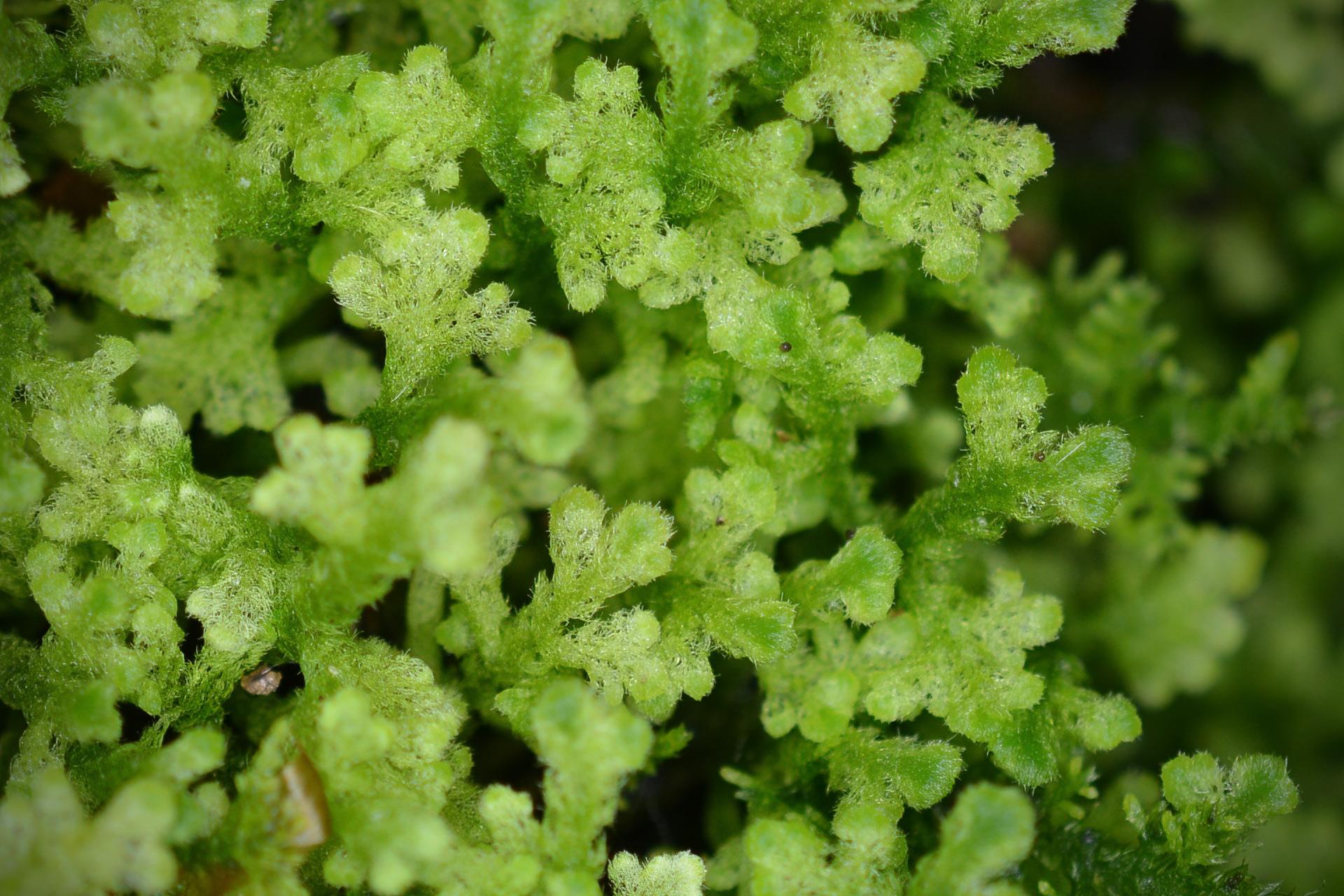
Dunmossa-2-Lerbackshult-2022.jpg from: https://webbapp.signalarter.se/mossor-signalarter/dunmossa-trichocolea-tomentella/
Introduction
Trichocolea Dumort., commonly known as Trichocolea moss, is a fascinating species of moss belonging to the Trichocoleaceae family. This unique moss has captivated botanists and enthusiasts alike with its intricate morphology and widespread global distribution. In this blog post, we’ll dive into the world of Trichocolea Dumort. and explore its distinguishing features, habitat preferences, and ecological significance.
Background
Trichocolea Dumort. is a member of the Marchantiophyta division and the Jungermanniopsida class of liverworts. The genus Trichocolea was first described by Belgian botanist Barthélemy Charles Joseph Dumortier in the 19th century. Since then, researchers have identified several species within the genus, each with its own unique characteristics.
Morphology and Identification
One of the most striking features of Trichocolea moss is its delicate, feather-like appearance. The leaves are highly divided and arranged in a pinnate pattern, giving the plant a soft, plumose texture. The leaf cells are typically elongated and thin-walled, contributing to the moss’s fragile nature.
Trichocolea Dumort. can be identified by its:
- Branching pattern: Irregularly pinnate or bipinnate
- Leaf shape: Deeply divided into hair-like segments
- Leaf arrangement: Leaves are usually in three rows
- Color: Ranges from pale green to yellowish-green
Global Distribution and Habitat
Trichocolea moss has a wide global distribution, found on every continent except Antarctica. It thrives in moist, shaded environments such as:
- Temperate rainforests
- Humid montane forests
- Stream banks and waterfalls
- Damp, shaded rocks and logs
This adaptable moss can grow on various substrates, including soil, rock, and decaying wood. Its ability to tolerate a range of environmental conditions has contributed to its widespread distribution.
Ecological Roles and Adaptations
Trichocolea Dumort. plays important ecological roles in its native habitats. As a pioneer species, it helps establish plant communities in disturbed areas, stabilizing the soil and providing a microhabitat for other organisms. The moss’s dense growth form also aids in moisture retention, creating a humid microclimate that benefits other moisture-dependent species.
Some key adaptations of Trichocolea moss include:
- Efficient water uptake: The highly divided leaves increase surface area for water absorption
- Desiccation tolerance: The moss can survive periods of drought by entering a dormant state
- Vegetative reproduction: Fragmentation of the delicate leaves allows for easy dispersal and establishment of new colonies
| Characteristic | Description |
|---|---|
| Genus | Trichocolea |
| Family | Trichocoleaceae |
| Division | Marchantiophyta |
| Class | Jungermanniopsida |
| Leaf shape | Deeply divided into hair-like segments |
| Branching pattern | Irregularly pinnate or bipinnate |
| Global distribution | Widespread, found on every continent except Antarctica |
| Habitat preferences | Moist, shaded environments (e.g., rainforests, stream banks) |
Conclusion
Trichocolea Dumort. moss is a remarkable species that showcases the incredible diversity and adaptability of bryophytes. Its delicate beauty and widespread distribution have made it a favorite among botanists and nature enthusiasts. As we continue to study this fascinating moss, we uncover more about its ecological importance and the complex interactions within its native habitats. The next time you find yourself in a humid, shaded environment, keep an eye out for the feathery fronds of Trichocolea Dumort. and marvel at the intricate world of mosses. What other secrets might these ancient plants hold?